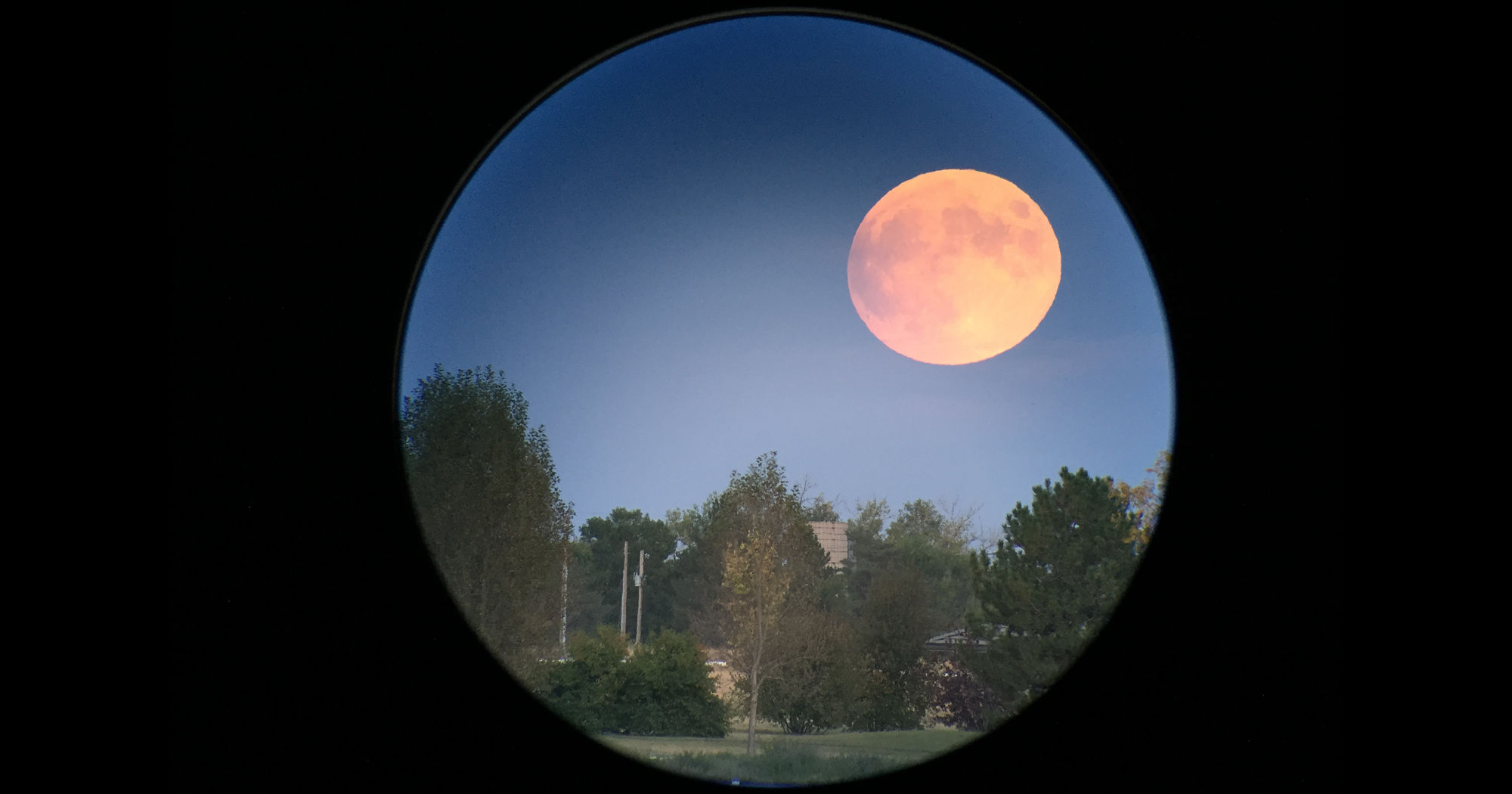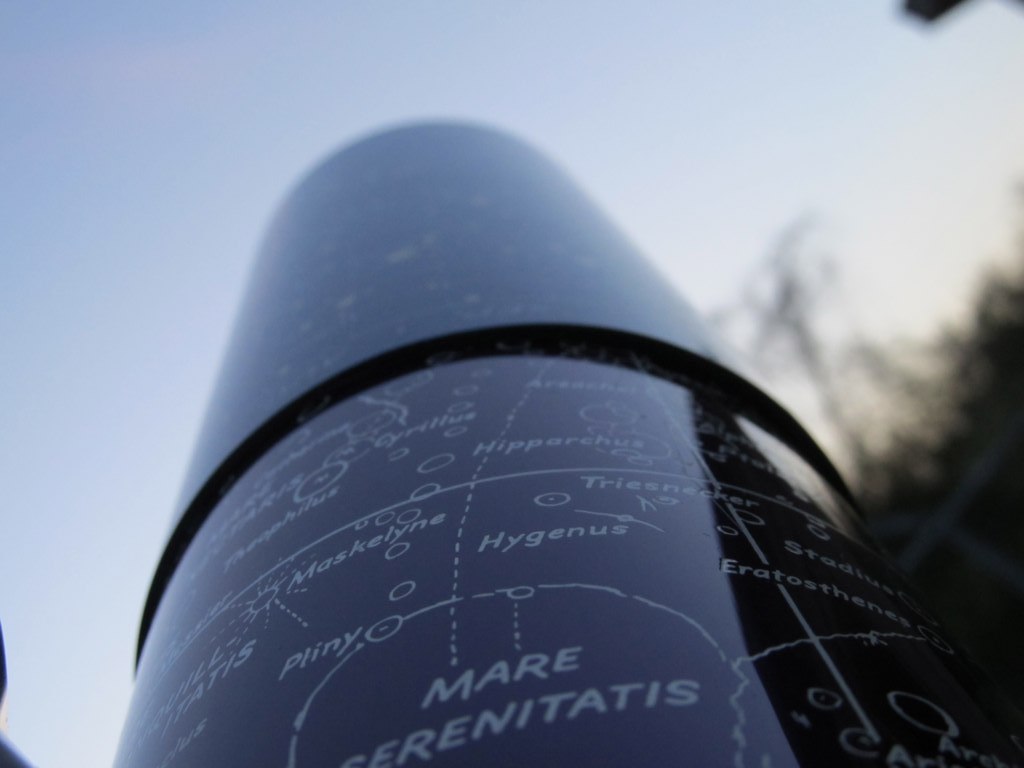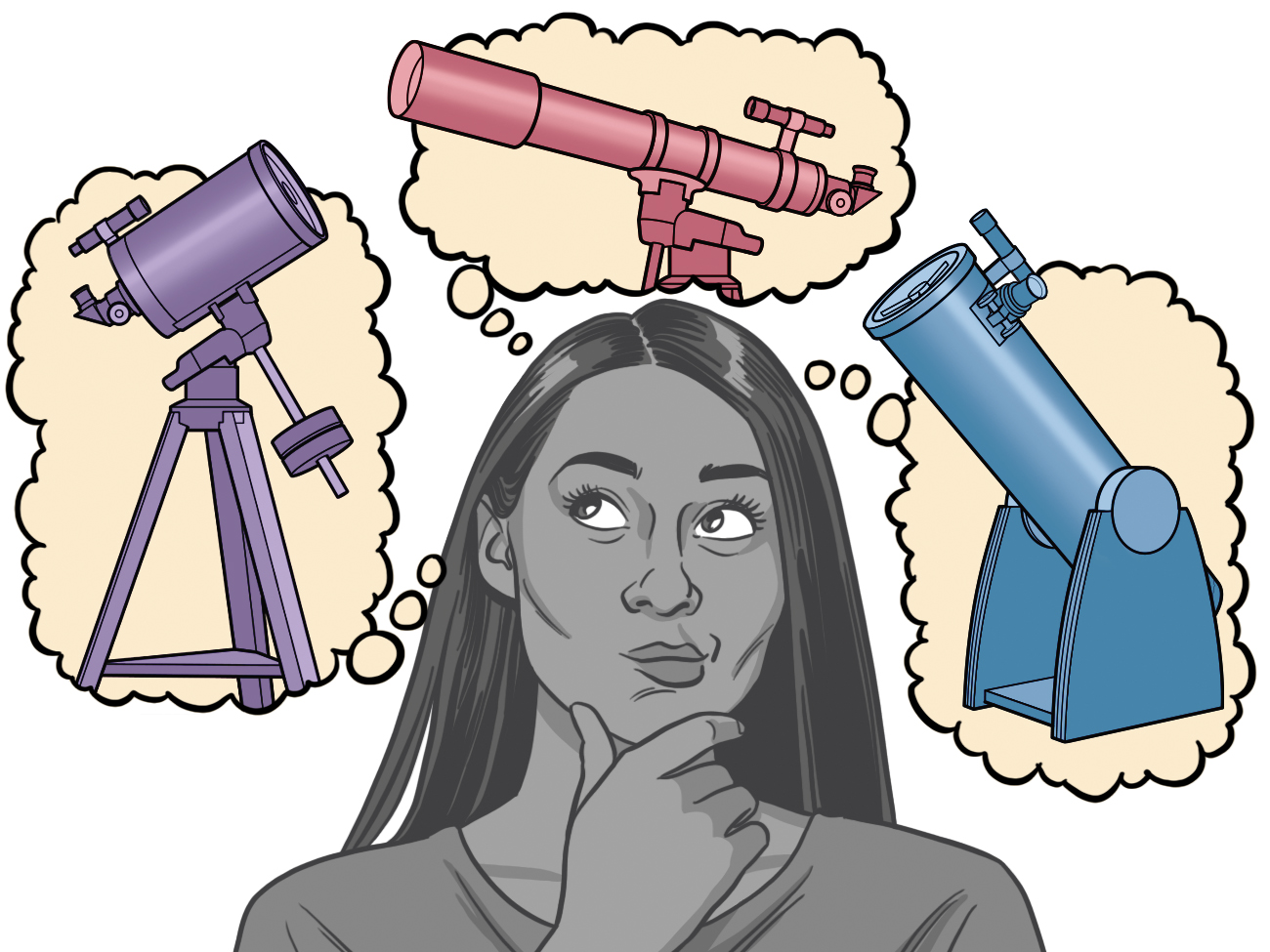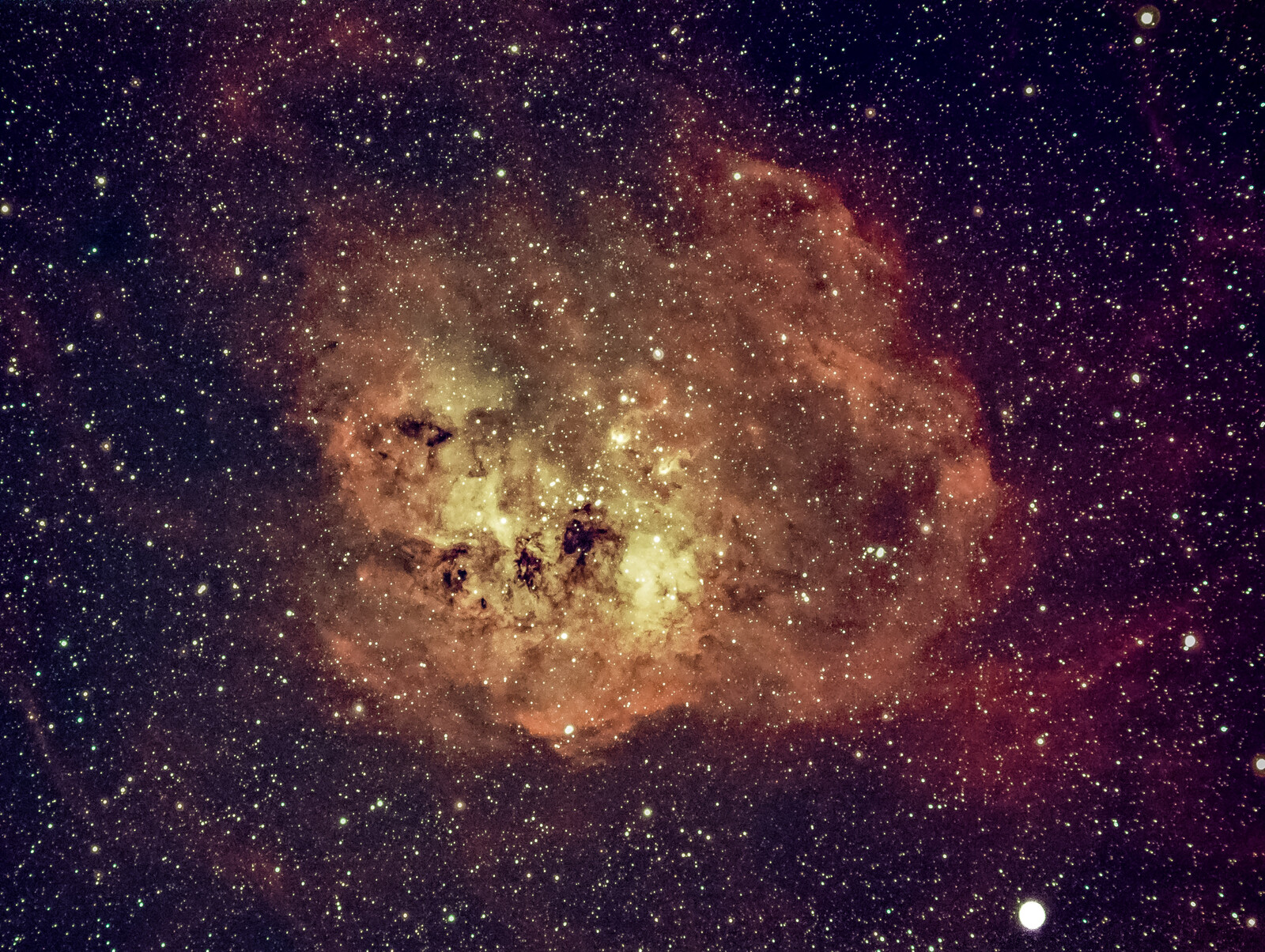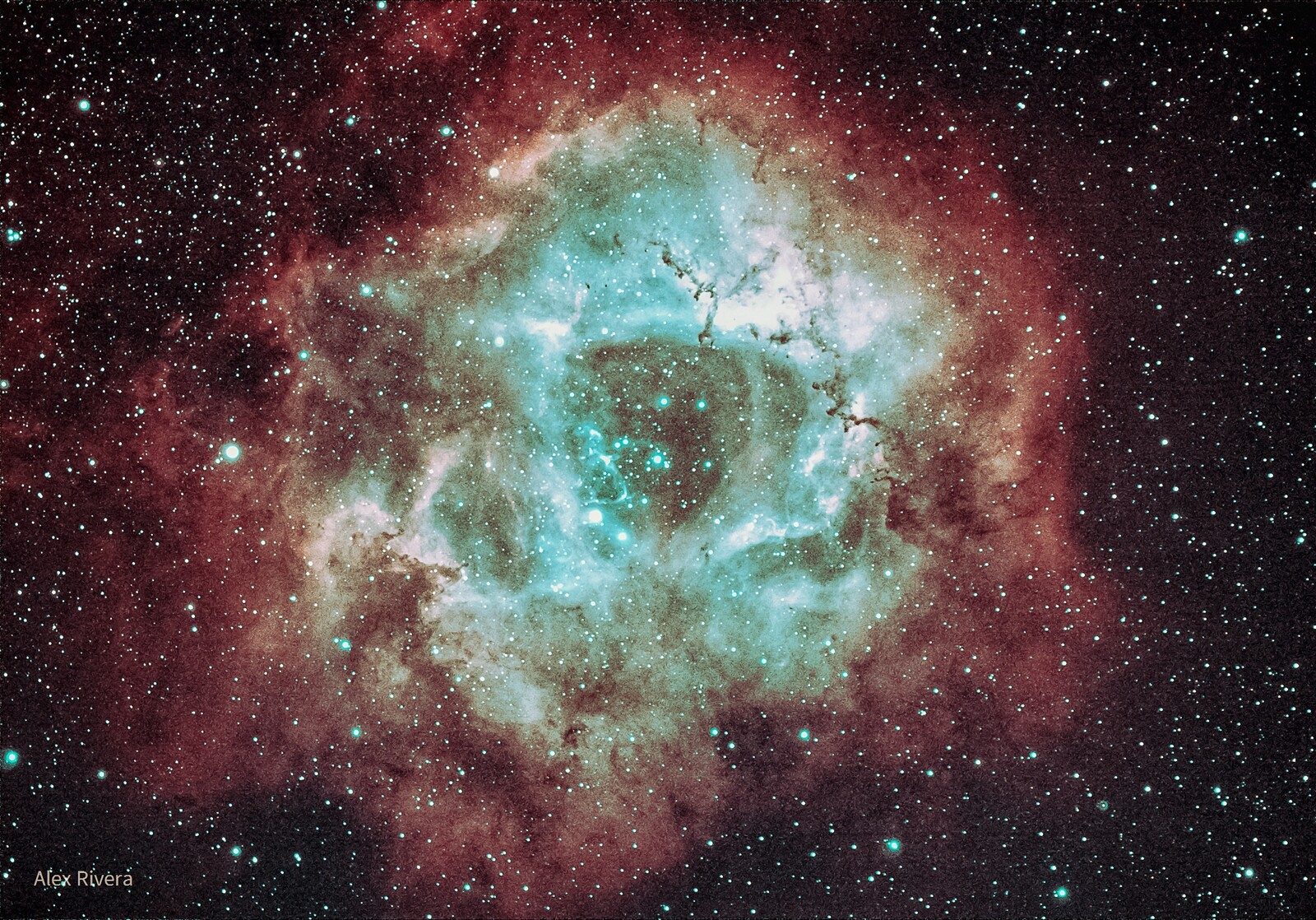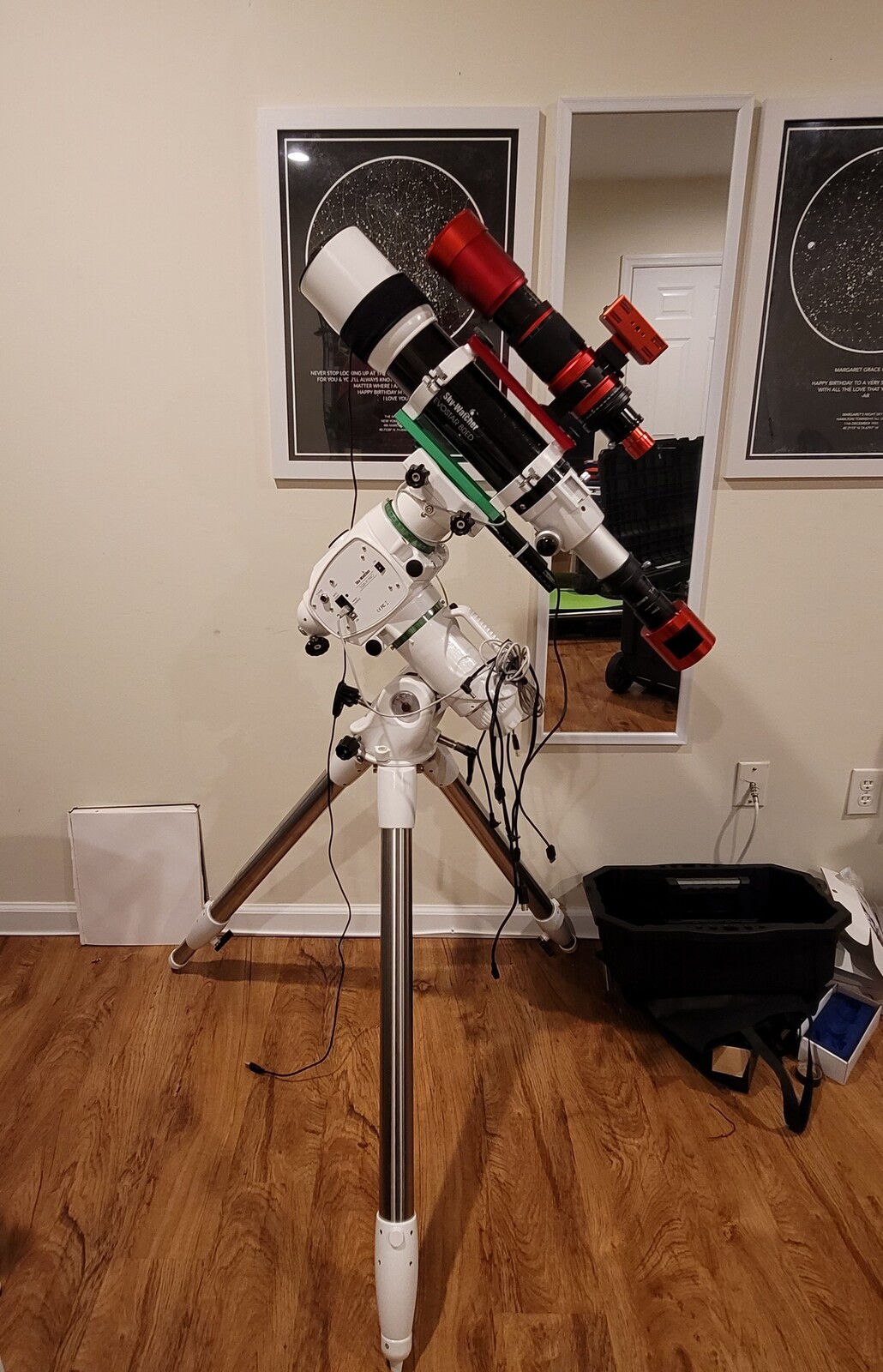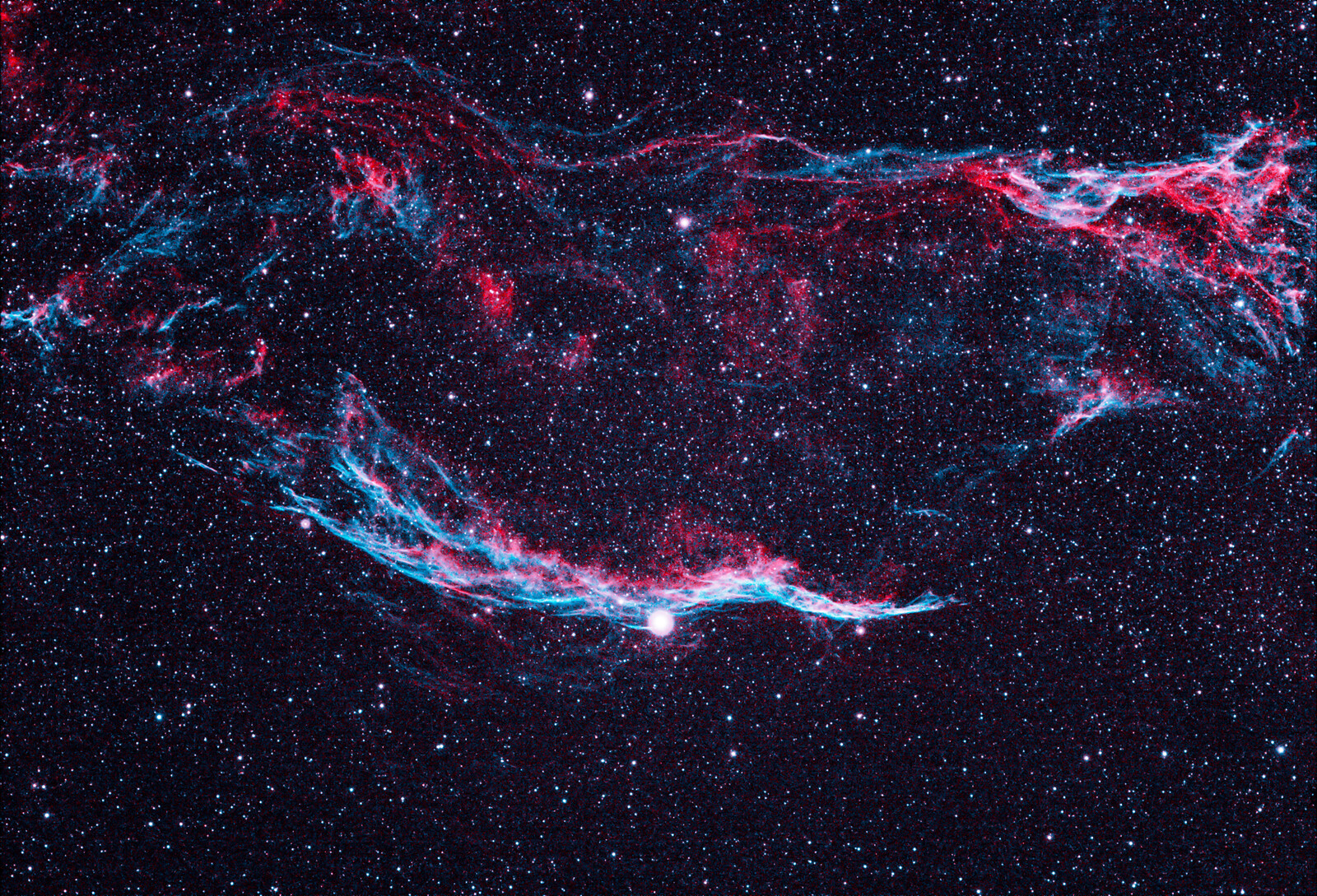I've been really wanting to purchase a telescope to check out the stars and planets in the evenings in my backyard. I think my son would really enjoy this too. The problem is that walking into a store and buying a telescope isn't an easy thing to do. There's so many cheap toy-like telescopes that don't work worth a damn and some that are just way too expensive and hardcore for a beginner. I'm afraid to drop the cash on a decent telescope and end up with a piece of junk. I've scoured the internet and YouTube for answers and didn't find anything too useful to help me choose.
Is there anyone in Era who's into stargazing with telescopes or into astrophotography who may be able to recommend a telescope that's great for a beginner yet powerful enough to be able to view really cool stuff? I don't want to overspend yet I don't want to end up with a crap telescope that can barely see anything. Looking to spend no more than maybe $300-$400 tops.
Is there anyone in Era who's into stargazing with telescopes or into astrophotography who may be able to recommend a telescope that's great for a beginner yet powerful enough to be able to view really cool stuff? I don't want to overspend yet I don't want to end up with a crap telescope that can barely see anything. Looking to spend no more than maybe $300-$400 tops.



